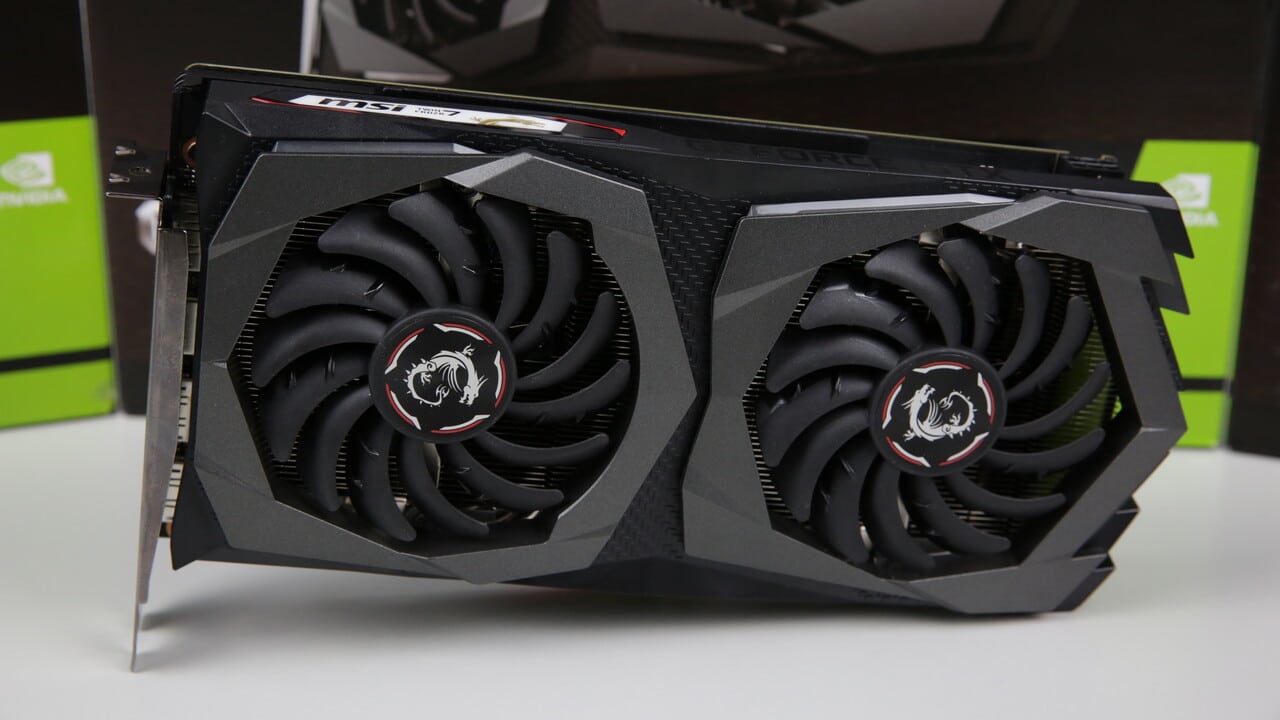– Nvidia's entry-level Turing GeForce GTX 1650 is significantly faster. The new GeForce GTX 1650 Super is now ready for the Radeon RX 5500, but it's still a long time coming. The Super is currently without competition. However, there is one weak point: The memory is only 4 GB.
The GeForce GTX 1650 (test) has been Nvidia's entry-level model into the world of Turing graphics cards without ray tracing and AI acceleration since May 2019. However, the TU117 GPU did not provide too much power, the competitively priced Radeon RX 570 with Polaris worked a good deal faster. However, the Nvidia was not an eyesore.
But now that AMD will shortly be releasing not only new, but also even stronger competition with the Radeon RX 5500 based on RDNA, Nvidia is relaunching the entry-level model with significantly more performance. The GeForce GTX 1650 Super should take the Radeon RX 5500 out of the sails before the start.
The GeForce GTX 1650 Super gets the GPU of the GTX 1660
Because more raw power was not possible with the already fully activated TU117, and the relatively small chip would not have benefited from more memory bandwidth either, Nvidia uses the larger TU116 on the GeForce GTX 1650 Super, which is otherwise used on the likewise new GeForce GTX 1660 Super provides computing power. In addition, Nvidia attracts the clock speeds and instead of GDDR5- much faster GDDR6 memory is installed. The GeForce GTX 1650 Super is thus much closer to the GeForce GTX 1660 than to the GeForce GTX 1650.
In the test: The MSI GeForce GTX 1650 Super Gaming X
To check what the new graphics card can really do, the MSI GeForce GTX 1650 Super Gaming X came to the editorial office for a test. The new Turing model has to prove in Borderlands 3 and Fortnite, among other things, how big the progress is in practice.
The TU116 is clearly trimmed
The GeForce GTX 1650 Super is also based on the 6.6 billion transistor heavy TU116. Of the 1,536 shader units (24 SM) available, only their 1,280 (20 SM) are activated. That being said, there are even bigger differences from the model a step higher in the food chain, so the GeForce GTX 1660 series will still be ahead.
For example, Nvidia has a memory controller deactivated on the GeForce GTX 1650 Super. This leaves the Super model with a 128-bit interface, although the GPU actually offers 192 bits. This automatically reduces the memory expansion to 4,096 MB. In contrast, the memory type and memory clock remain the same. The frequency of the GDDR6 memory is 6,000 MHz.
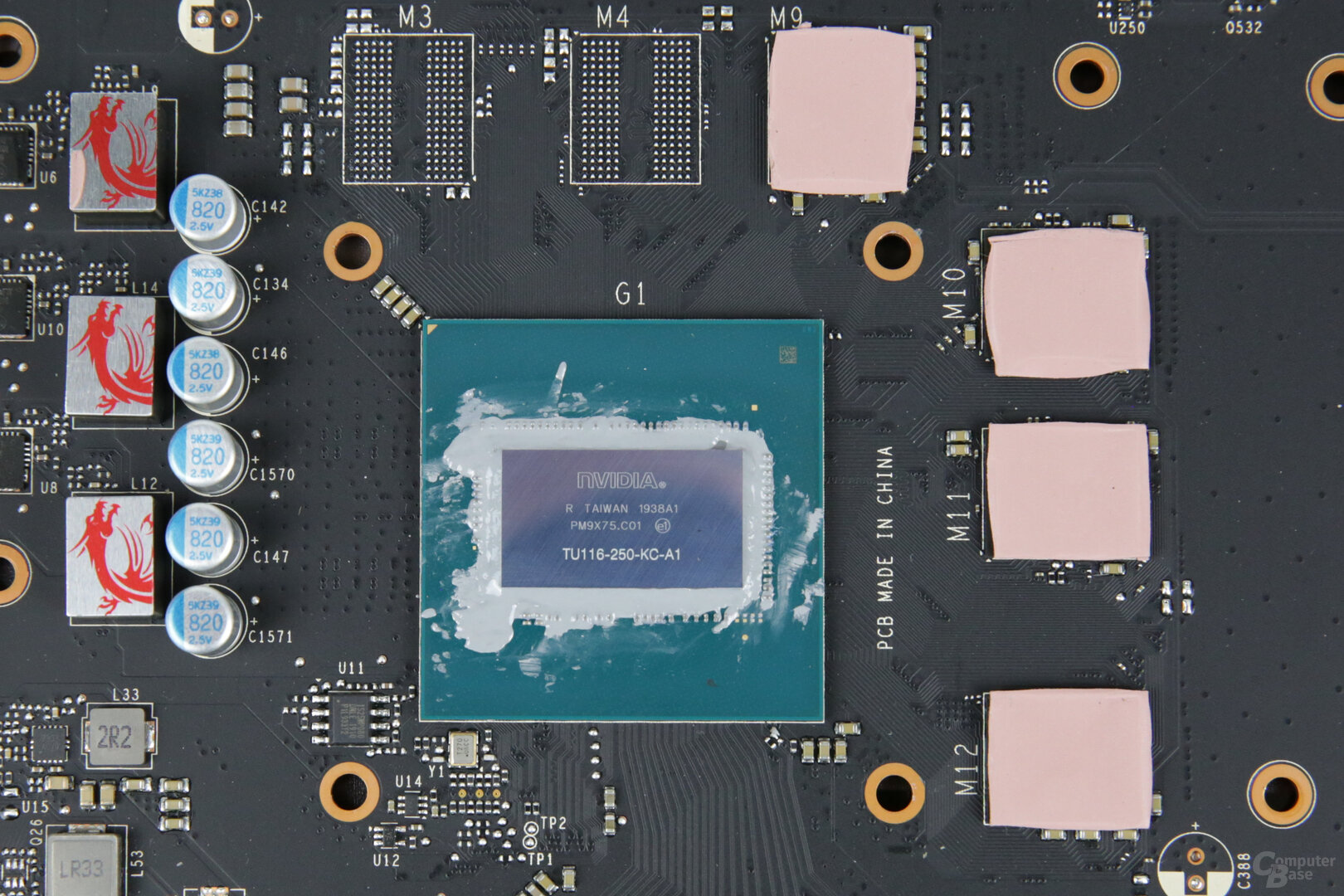
The additional power requires a PCIe power connector
Nvidia specifies a base clock of 1,530 MHz and an average turbo of 1,725 MHz for the GeForce GTX 1650 Super. The graphics card is allowed a maximum of 100 watts, which is why there will be at least one six-pin power connector on each model. The GeForce GTX 1650 was still satisfied with 75 watts.
The GTX 1650 Super is basically a GTX 1060 with Turing instead of Pascal
If you compare the specifications of the GeForce GTX 1650 Super with those of the GeForce GTX 1060, you will quickly notice that both graphics cards are very similar, because both have 1,280 ALUs and and despite a differently configured memory interface, they also have the same memory bandwidth. The only real difference is the 2 GB larger memory of the GeForce GTX 1060 with 6 GB (there are also variants with 3 GB), but this has no influence on the performance as long as it does not run out. If the maximum power consumption were the same – the GeForce GTX 1650 Super had to be content with 100 watts and thus 20 watts less – this would be a dueling Turing against Pascal. Because the different architecture is by far the biggest difference between the two models.
The MSI GeForce GTX 1650 Super Gaming X in detail
MSI offers several models of the new graphics card in its own portfolio and the GeForce GTX 1650 Super Gaming X is the highest expansion level. This can be seen quickly from the cooling system alone, because this comes in the well-known and high-quality Twin Frozr design. Accordingly, the graphics card is also somewhat more expensive than the simpler variants. Retailers are currently asking for 213 euros, the cheapest from MSI and other manufacturers are available from 170 euros – with two exceptions, however, they are only listings.
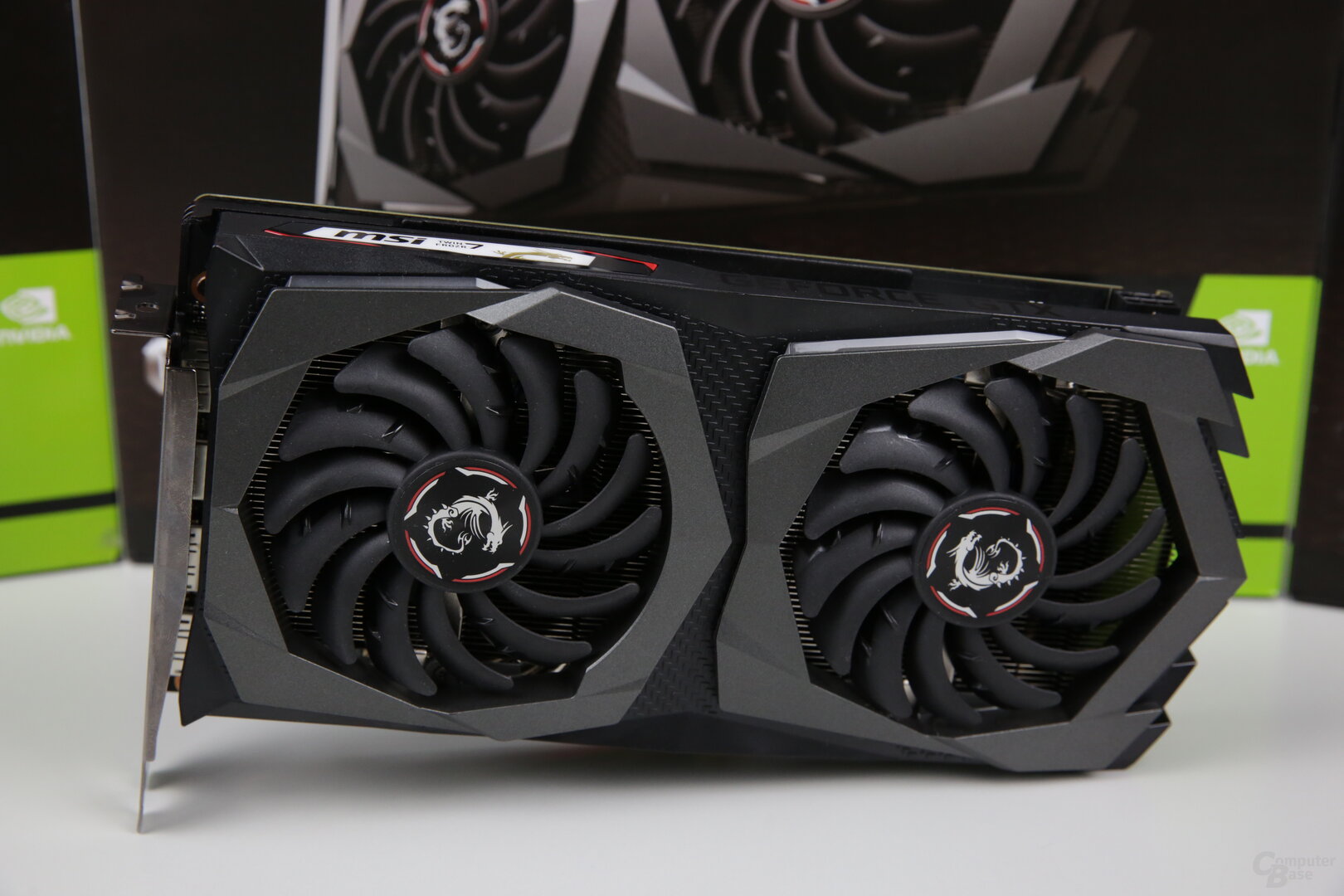
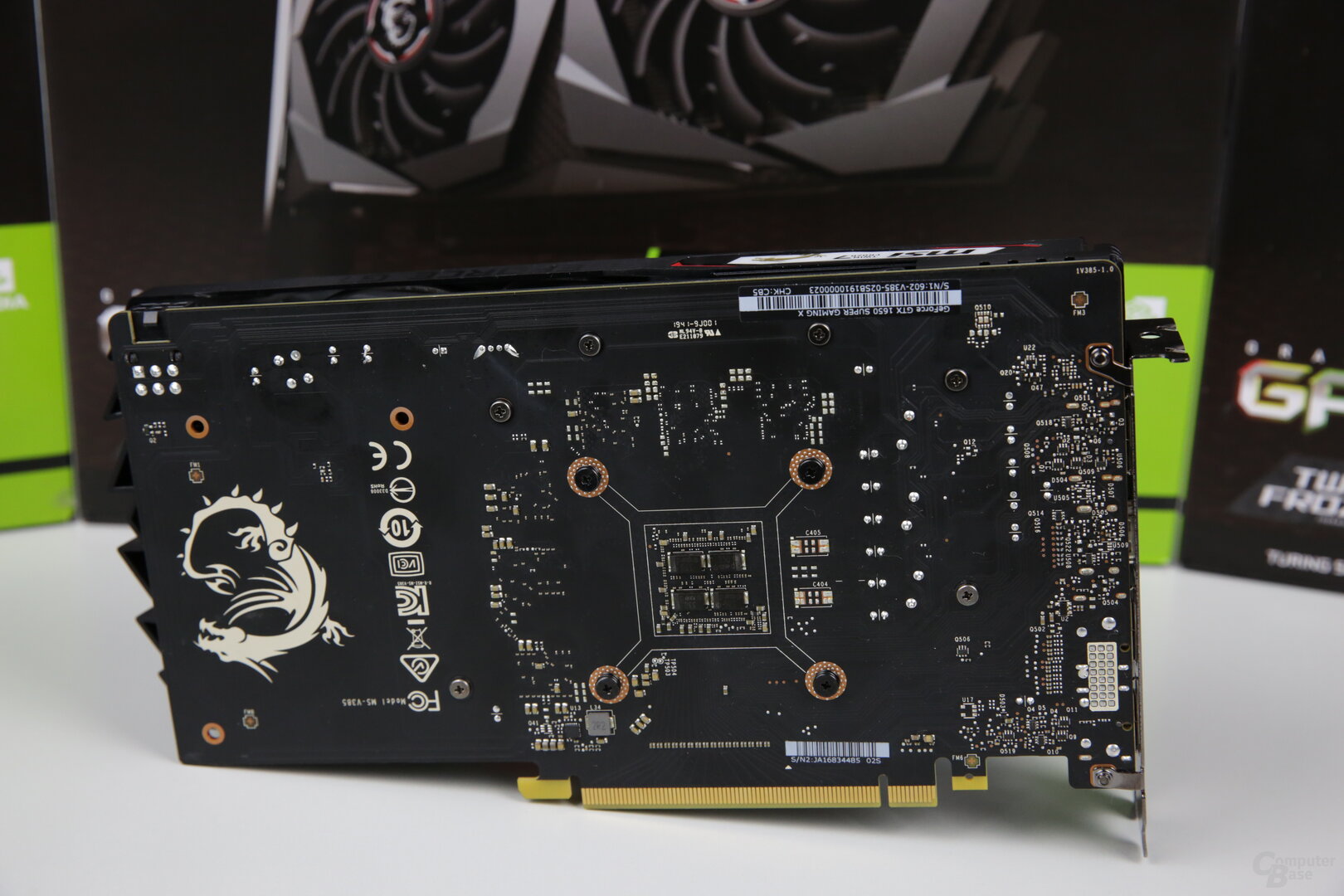
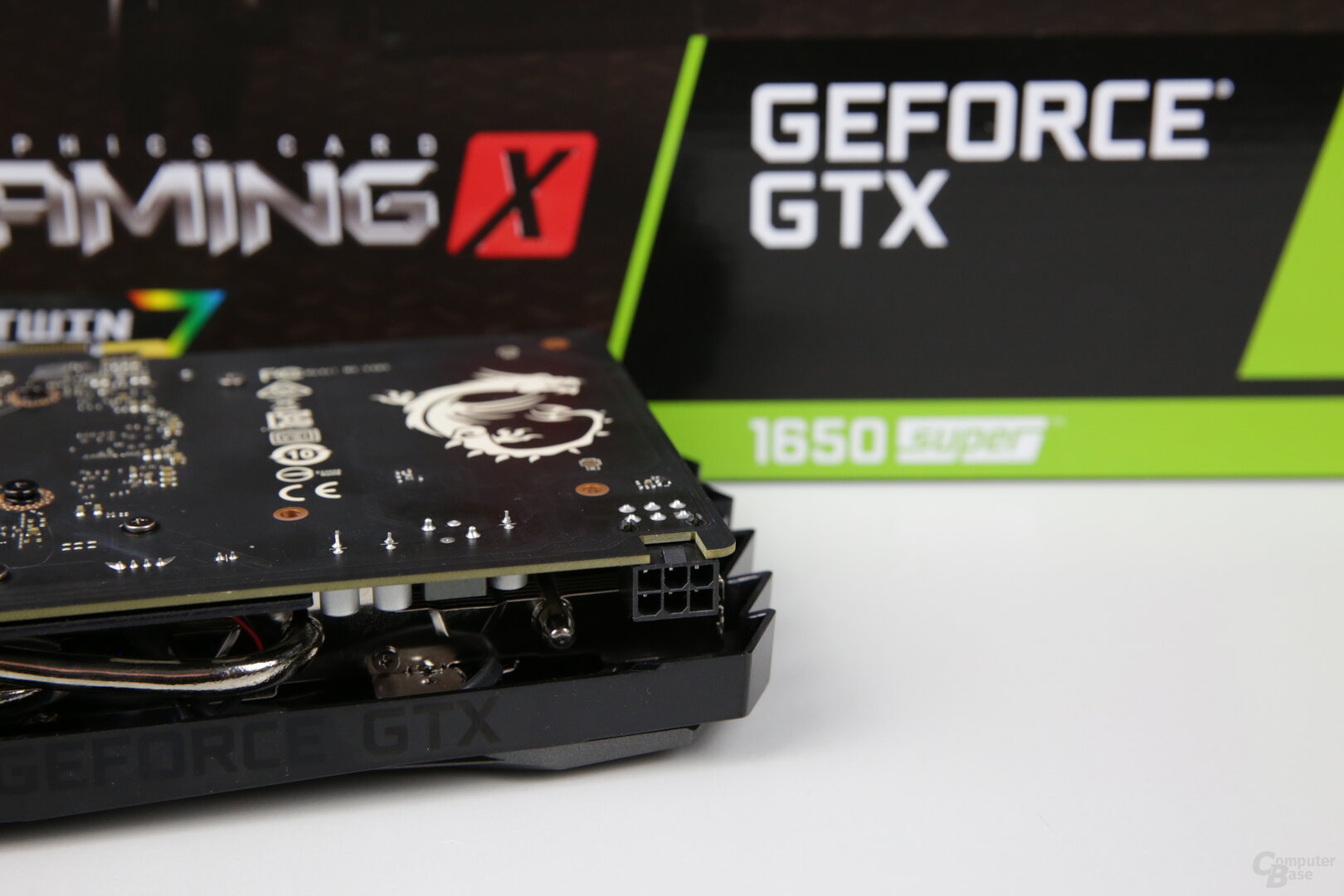
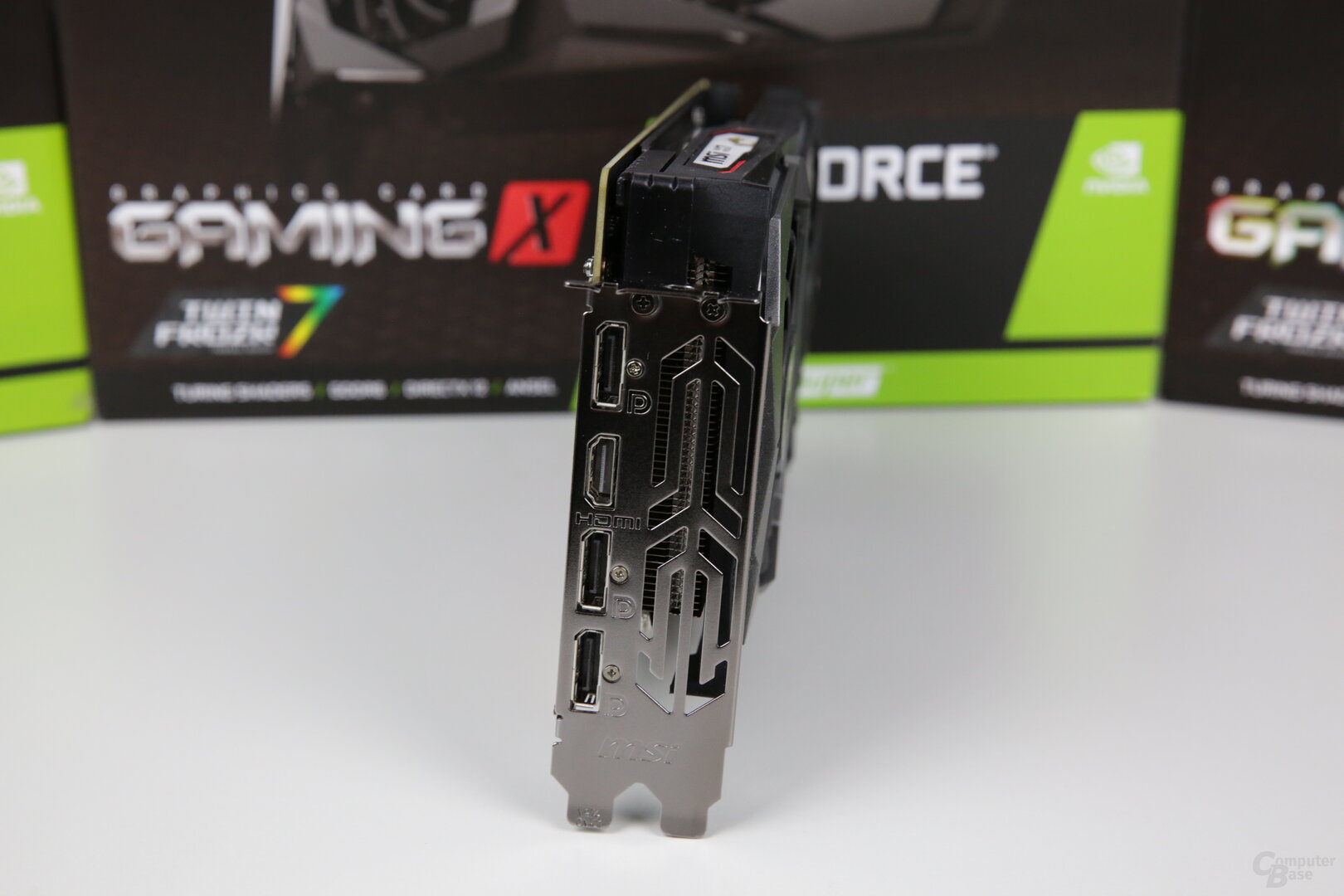
For an entry-level graphics card, the MSI GeForce GTX 1650 Super Gaming OC is quite long at just under 25 cm. The PCB including the 3 + 1 voltage converter circuits is not the reason, the PCB still offers a lot of free space. The Twin-Frozr-7 cooler used needs its place, even if it is only a small expansion stage.
The dual slot cooler occupies the entire front of the graphics card and is also quite high at 12.5 cm. This means there is enough space for a single, rather large aluminum heat sink. A copper cooling block is placed directly above the TU116 GPU. Three copper heat pipes with a diameter of up to 6 mm provide additional heat dissipation. There is also a backplate.
The fans are switched off on the Windows desktop
For the fresh air, two axial fans with a diameter of 85 mm are responsible for the GeForce GTX 1650 Super Gaming OC. At temperatures of less than 60 degrees Celsius, such as on the Windows desktop, they switch off for silent operation. The graphics card offers rudimentary RGB lighting.
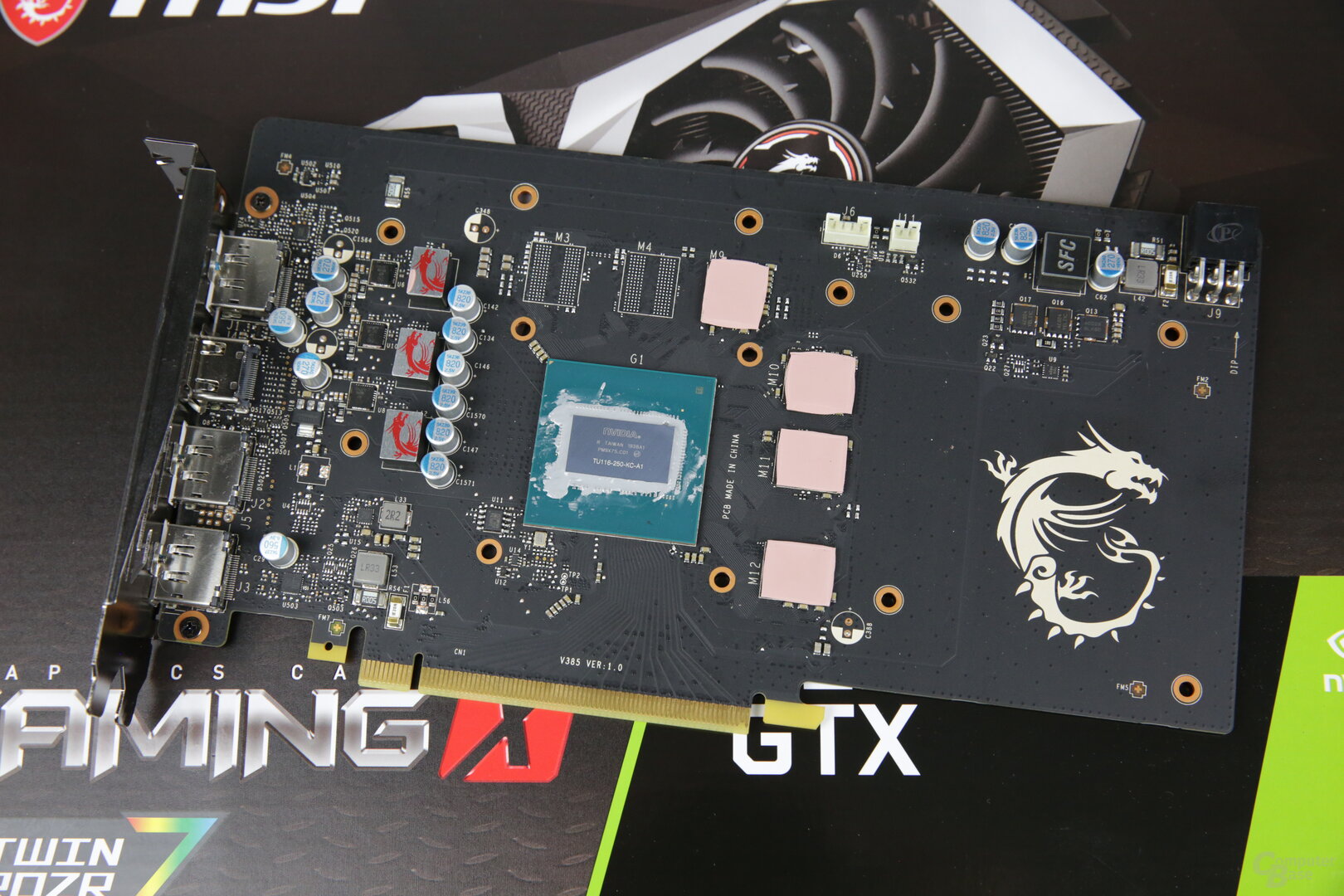
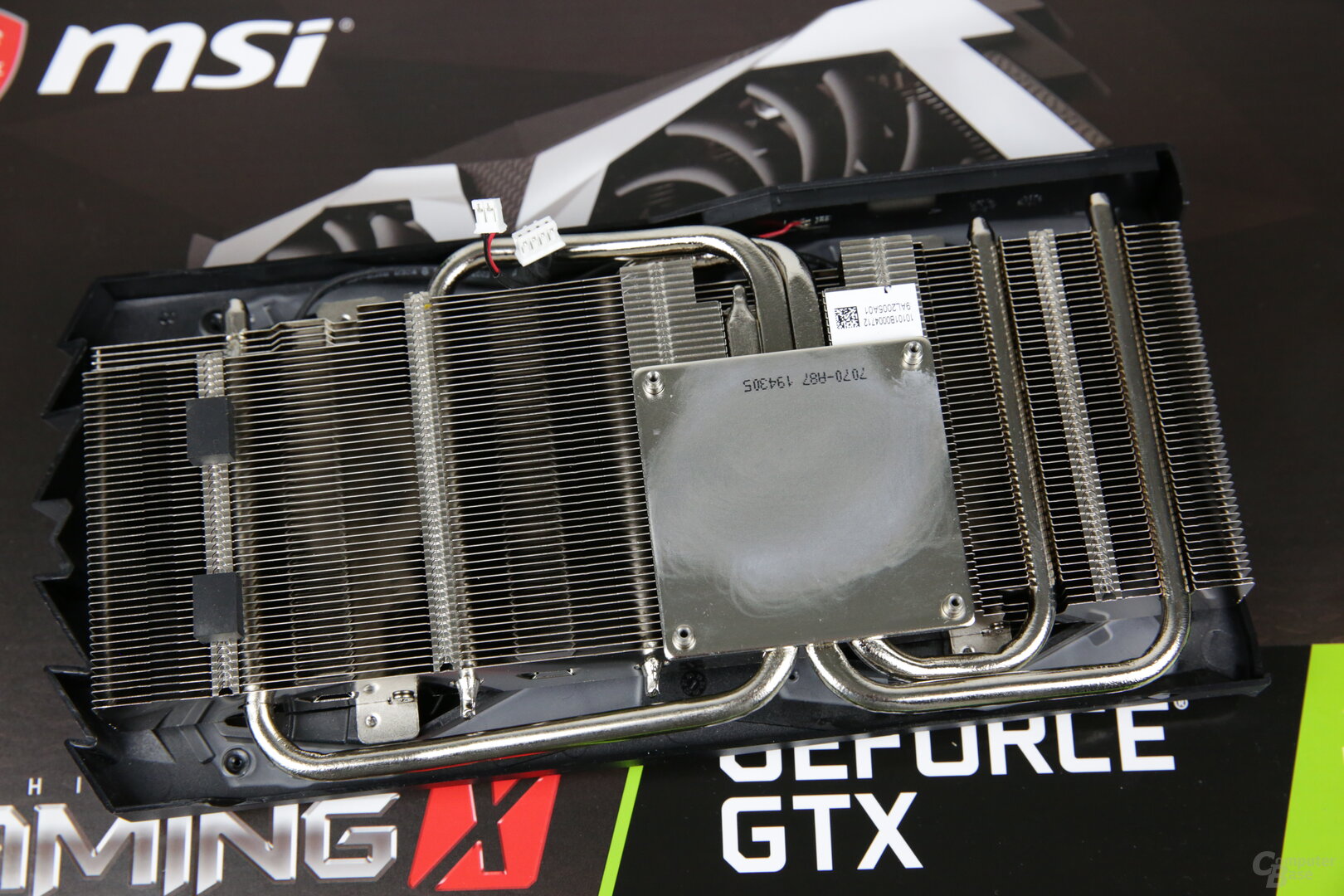
The overclocking is minimal
MSI overclocked the graphics card minimally, the base frequency of 1,530 MHz is even the same as Nvidia's reference value. The average turbo is 1,755 MHz but 30 MHz higher. The maximum power consumption is, however, identical with 100 watts – a maximum of 110 watts can be set. The 4 GB GDDR6 memory works with the normal 6,000 MHz. Monitors can be operated on three DisplayPort 1.4 or on an HDMI 2.0b connection.
System integrator Mifcom provided BitcoinMinersHashrate with the MSI GeForce GTX 1650 Gaming X and the MSI GeForce GTX 1660 Gaming X for this test. The editors were no longer provided with the two models required for a meaningful comparison.
On the next page: The clock rates and benchmarks in Full HD





